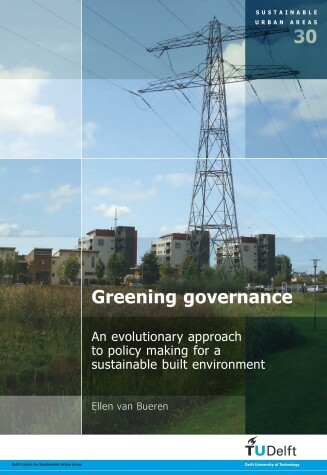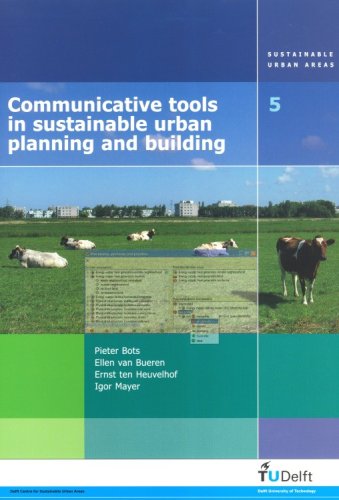Sustainable Urban Areas
2 total works
v. 30
After twenty years of sustainable building policies, the issue of environmental impact of buildings and urban environments remains. Policy makers still have difficulties addressing the ambiguous, contested and dynamic goals encapsulated in the term 'sustainable development'. How to decide between using zinc or PVC gutters, when knowledge and valuation of environmental risks of both keep changing? How can we accommodate urban growth, now that compact cities turn out to be urban heat islands? "Greening Governance" identifies how policy makers can deal with these contested questions. The book draws on policy network theories that consider stakeholder interaction, negotiation and learning as conditions for policy success. By understanding these conditions from an evolutionary viewpoint it provides a new perspective for governance. The concepts of generative variety, selective retention and regeneration will help policy makers to prioritize and select contested alternatives while also focusing on more long term and ambitious policy goals. The book is of interest to policy makers and scientists concerned with both the practical and theoretical issues of sustainable built environments.
v. 5
Communicative Tools in Sustainable Urban Planning and Building
by P. Bots, E Van Bueren, E. Ten Heuvelhoff, and I. Mayer
Published 1 December 2005
Scientific and technological progress in the field of sustainable planning and building has been considerable in the 1990's, the decade following the Brundtland Report. The issue of sustainable development was high on the agenda, and especially the built environment, being responsible for enormous flows of materials, energy and water, was targeted as one of the sectors that could make a substantial contribution to sustainable development. Acknowledging the potential environmental gains that could be made in the built environment, new concepts and technologies for sustainable building and planning have been developed. Despite this progress, however, not much has changed in the day-to-day practice of building and planning: putting the progress into practice is evidently a problem. This book presents the challenge for sustainable planning and building from a communicative point of view. By gearing these tools to the specific culture of the building and planning world, the tools are expected to actually make building and planning more sustainable.

